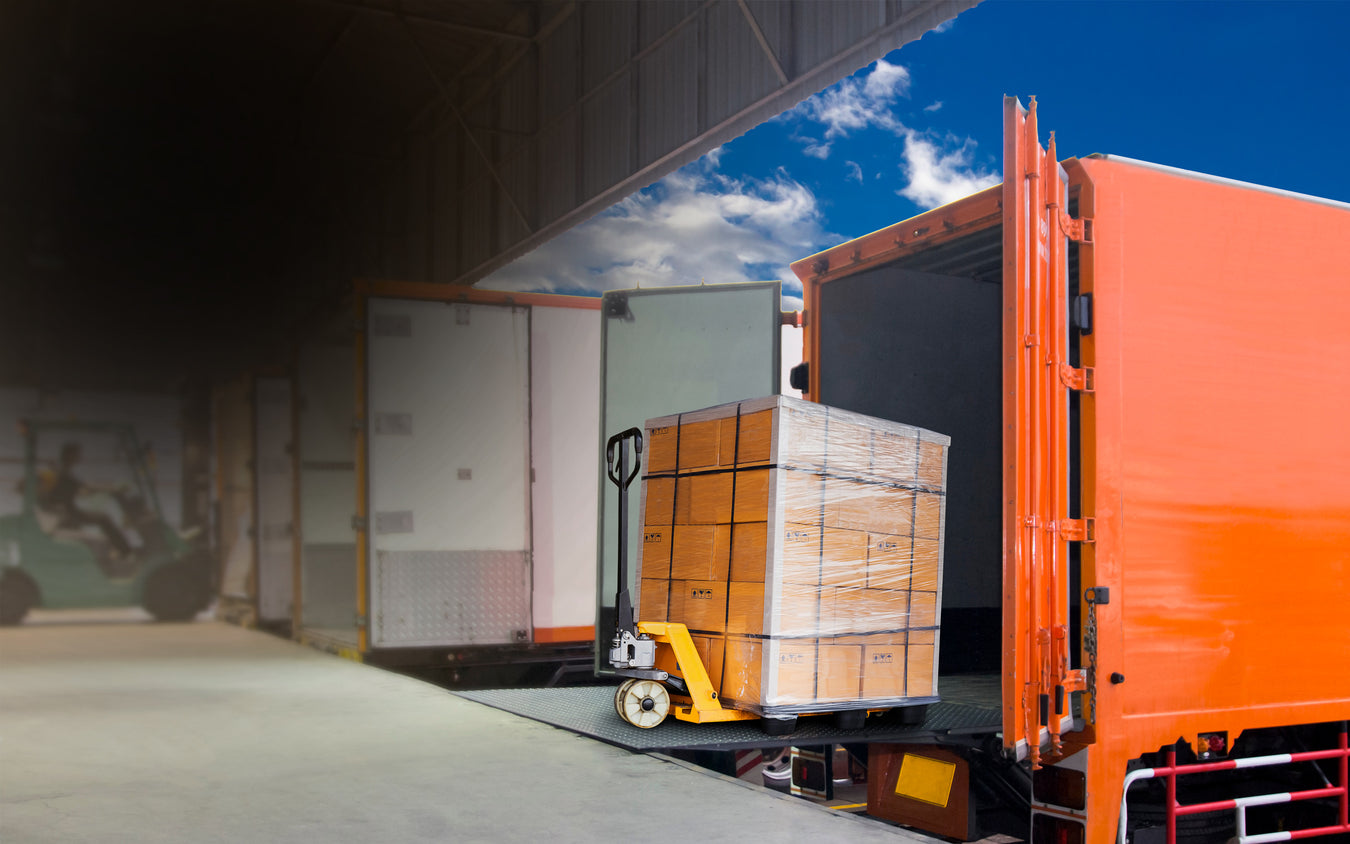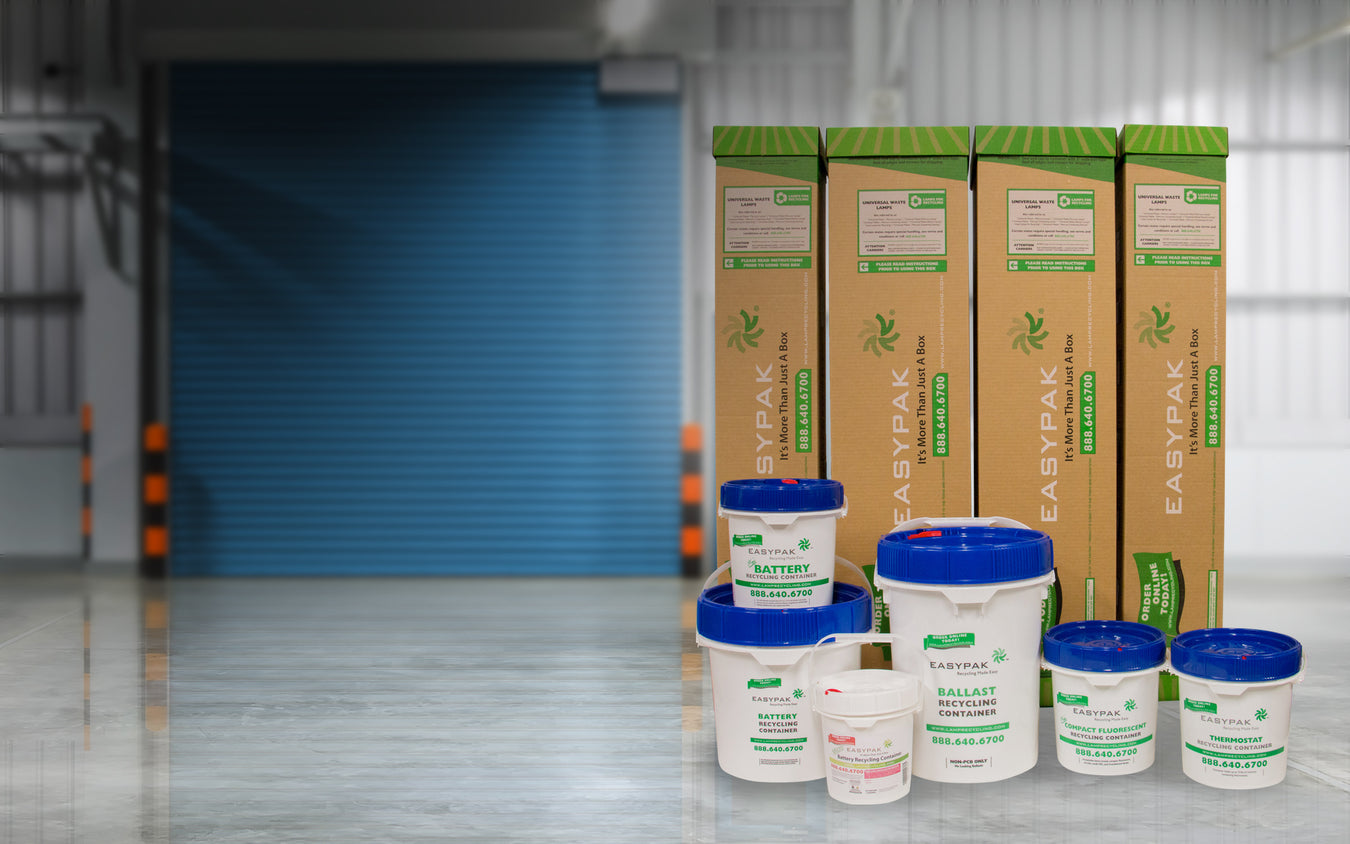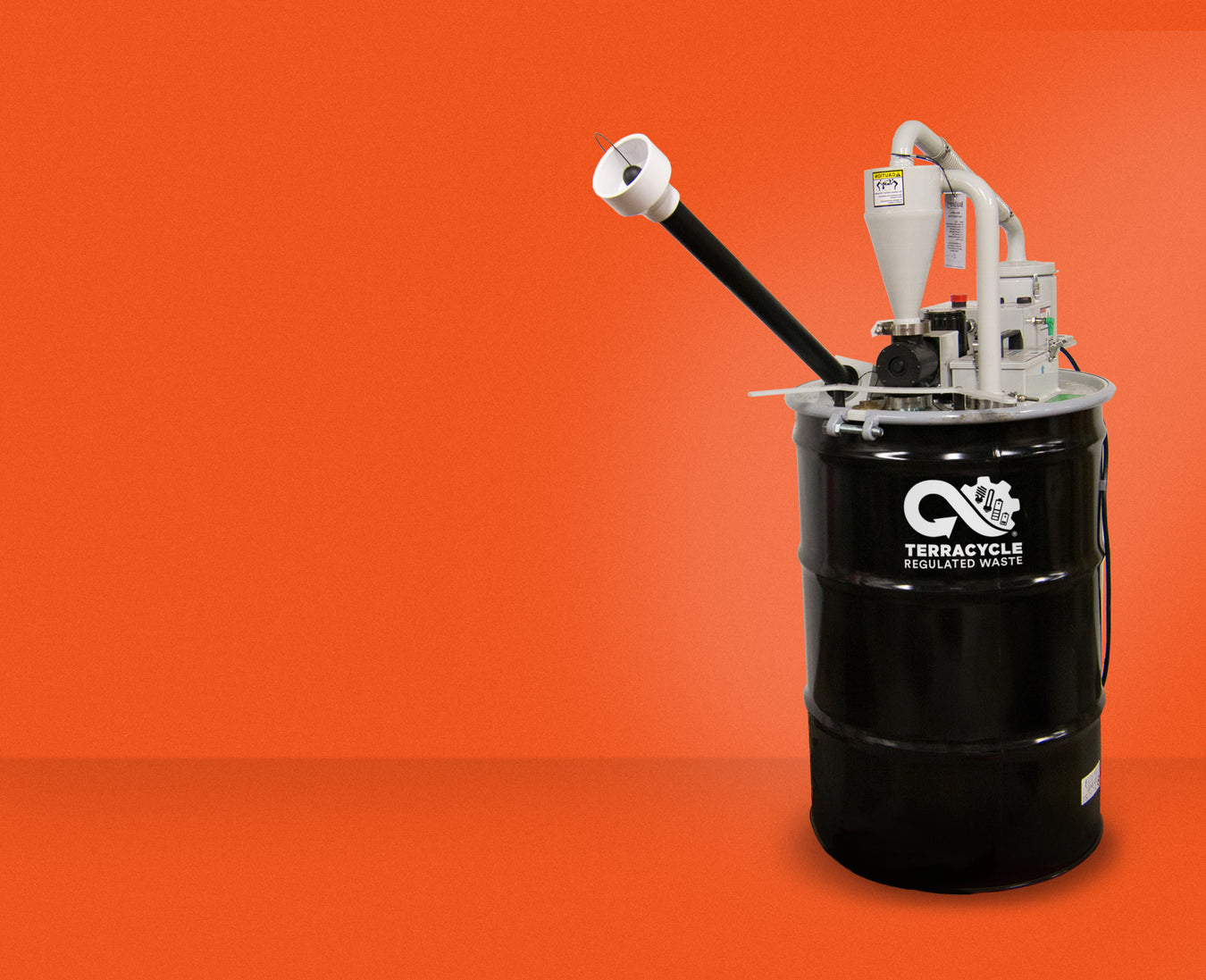California Fluorescent Bulb Recycling Regulations
Quick Facts:
- Due to mercury concerns, recycling fluorescent bulbs is required by law by the California Dept. of Toxic Substances Control
- Crushing fluorescent bulbs is not allowed in California
- Prepaid bulb recycling by mail is allowed in California
Recycling Options Available in California:
EASYPAK RECYCLING CONTAINERS
Fill up containers with bulbs, ballasts, batteries, or e-waste at your own pace and mail back via prepaid shipping
BULK RECYCLING PICKUPS
For larger amounts of bulbs, ballasts, batteries, or e-waste. Trucks come pick up waste at your location for recycling
Questions about recycling in your state? Contact us for more information.
Detailed California Fluorescent Bulb Recycling Regulations
The stringency table below provides examples of state regulations compared to the EPA regulations. We strongly recommend that you discuss stringency with your primary state regulatory contact. This information should not be interpreted as definitive legal guidance. This document was produced in June 2004, and we do not guarantee its accuracy after that date, as state policies may change at any time.
("same" means the state policy is the same as the federal policy)
Confused about terminology (CESQG, UW, TCLP, etc.)? Refer to this glossary for help.
| Jurisdiction | Generator Exemption (CESQG) |
Where can waste from CESQG go? | Can the waste be declared non- hazardous, based on TCLP? | Other stringency or exemptions? |
| Federal EPA | Generators producing less than 100 kg (220 pounds) of hazardous waste (HW) or 1 kg acute HW in each month, including all HW generated. CESQGs are exempt from federal rules, but not exempt from liability (40 CFR 261.5) | Waste may go to any Municipal Solid Waste Landfill (MSWLF) | Wastes that test less than 0.2mg/l soluble mercury are not considered hazardous under federal rules. | Crushing can only be done by generator (40 CFR 262.34); crushed waste that is not UW- must be managed as RCRA HW. Crushing not allowed within federal UWR, but may be within State UW regulations. No one may crush third-party lamps without treatment authorization [1]. No mobile treatment units. |
| California | Only for <30 lamps per month, other criteria apply.[2] | Waste must go to RCRA Sub-C facility (hazardous waste landfill) or state equivalent recycler | No. All waste lamps with mercury added are hazardous waste. | No crushing allowed. |
State Regulatory Contacts
| Primary Contact | Title | Agency | Phone | |
| Sarah Scott | Hazardous Substances Scientist |
Department of Toxic Substances Control, Regulatory and Program Development Branch 1001 I St. P.O. Box 806 Sacramento, CA 95812 |
(916)324-3159 | sscotti@dtsc.ca.gov |
| Secondary Contact | Title | Phone | Area of Responsibility | |
| Mary Kathleen Pride | Hazardous Substances Pollution Prevention Scientist | (916) 324-1088 | Hospital Pollution | |
| Peggy Harris | Chief, Regulatory and Program Development Division | (916) 324-7663 | ||
| Mike Horner | Senior Hazardous Substances Scientist | (916) 322-7889 | Answers policy questions | |
| Karl Palmer | Chief, Regulatory Program Development Branch, Regulatory and Program Development Division | (916) 445-2625 | ||
| Toll Free | Public & Business Liaison Hotline | 1-800-728-6942 | ||
More Resources
| Web Links and Informational Resources | |
| Guidance Paper (PDF) | https://www.aircycle.com/local/pdf/california.pdf |
| New Universal Waste website, January, 2006 | http://www.dtsc.ca.gov/HazardousWaste/UniversalWaste/index.cfm |
| State Mercury Regulations | http://www.dtsc.ca.gov/hazardouswaste/mercury/ |
| California Department of Toxic Substance Control Homepage | http://www.dtsc.ca.gov |
| Universal Waste Rule, Final - California Universal Waste Rule | http://www.dtsc.ca.gov/LawsRegsPolicies/Regs/UWR_regs.cfm |
| Managing Spent Fluorescent Lamps Best Practices | http://www.dtsc.ca.gov/HazardousWaste/mercury/upload/HWMP_REP_BMP_fluorescent-tubes.pdf |
| DTSC Online Training Link | http://ccelearn.csus.edu/mercurylamp/content/index.htm |
[1] In California, to qualify as a Conditionally Exempt Small Quantity Universal Waste Generator, the combined weight of universal waste and RCRA hazardous waste generated in a calendar month may not exceed 100 kilograms (220 pounds), not counting cathode ray tubes and CRT devices, and the weight of acute hazardous waste generated per month may not exceed 1 kilogram (2.2 pounds) and the number of CRT devices (defined as any electronic device that contains one or more CTRs, including but not limited to computer monitors, televisions, cash registers and oscilloscopes) generated in a year may not exceed 5. If a generator exceeds any of these amounts, then all lamps are regulated. If a generator remains below all these amounts then the 30 lamp per month exemption applies.





